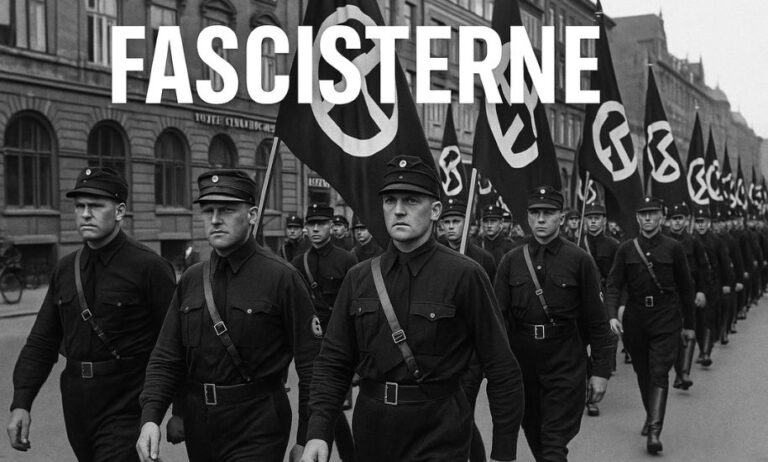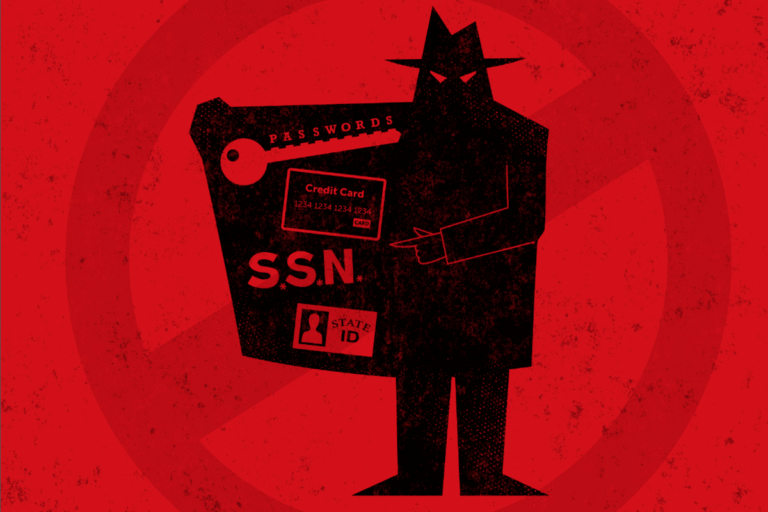Video&A: Transforming Q&A into a Visual Experience
The internet has always been about sharing knowledge. From early message boards to modern discussion forums, people have relied on the Q&A model to solve problems, learn skills, and share experiences. But as digital habits change, so does the way we exchange information. This is where Video&A—short for Video and Answers—enters the spotlight, transforming the traditional question-and-answer format into an interactive, visual experience.
Rather than relying on plain text, Video&A lets participants record and share responses through video. It’s a format that combines the clarity of face-to-face conversation with the reach of online communities, making it an increasingly popular method for learning, support, and engagement.
What Makes Video&A Different?
Traditional Q&A platforms are efficient but can feel impersonal. You type a question, someone types back an answer, and the interaction ends there. Video&A changes this by adding a human element. Viewers can see the responder’s expressions, hear their tone, and watch real-time demonstrations.
Instead of reading a list of instructions, imagine watching someone assemble a device step-by-step, or explain a difficult topic while using visual examples. That’s the power of Video&A—it replaces abstract explanations with clear, visual storytelling.
Why People Are Embracing Video&A
Several trends are fueling the rise of Video&A:
1. Short-Form Video Culture
Platforms like TikTok, Instagram Reels, and YouTube Shorts have trained audiences to expect quick, engaging video content. Video&A fits perfectly into this environment by delivering bite-sized answers that are easy to watch and share.
2. Personalization
A typed answer can be informative, but a video feels personal. Viewers get a sense of connection with the speaker, which builds trust and encourages further engagement.
3. Global Reach
Video transcends language barriers. Even when viewers don’t understand every word, visual cues, gestures, and demonstrations can make the message clear.
4. Versatility
From cooking tips to coding tutorials, Video&A works across almost any topic. The ability to visually demonstrate solutions makes it valuable in countless contexts.
Core Features of Video&A Platforms
While different platforms have their own styles and tools, most Video&A systems share several key features:
- Video Recording Tools – Built-in camera access to create answers without external software.
- Playback Options – Ability to pause, rewind, or watch at different speeds.
- Search and Categorization – Tagging and indexing for easy discovery of answers.
- Community Interaction – Likes, comments, and shares to keep conversations alive.
- Privacy Controls – Options for public sharing or private exchanges.
Real-World Applications of Video&A
Video&A is more than a novelty—it’s a versatile communication tool used across industries and communities.
1. Education
Teachers can create visual answers to student questions, making lessons more engaging and easier to understand. For example, a science teacher could demonstrate an experiment instead of describing it.
2. Business Training
Companies use Video&A for internal training, allowing employees to ask questions and receive step-by-step answers from experts in the organization.
3. Customer Service
Instead of sending long text responses, support teams can record quick video explanations. This reduces misunderstandings and improves customer satisfaction.
4. Creative Communities
Artists, musicians, and hobbyists can use Video&A to share tips, critique work, or walk through creative processes.
5. Public Engagement
Public figures and influencers use Video&A sessions to connect with fans, answering questions directly in a way that feels authentic.
Advantages Over Text-Based Q&A
Video&A offers several unique benefits that make it stand out:
- Clarity Through Demonstration – Complex ideas are easier to understand when shown visually.
- Emotional Connection – Facial expressions and tone convey sincerity and passion.
- Replay Value – Viewers can watch as many times as needed to fully grasp the concept.
- Better Retention – Visual and auditory learning combined helps information stick.
Challenges and How to Overcome Them
While Video&A offers many advantages, it’s not without challenges:
1. Equipment and Setup
Not everyone has a good camera or microphone. However, modern smartphones make decent-quality video creation accessible to most people.
2. Time and Effort
Recording, editing, and uploading can take more time than typing. Using simple editing tools and keeping videos concise can help.
3. Privacy Concerns
Some users may feel uncomfortable appearing on camera. Platforms can offer avatar-based or screen-recorded responses as alternatives.
4. Accessibility
Video content should include captions and transcripts to ensure accessibility for viewers with hearing impairments or those who prefer reading.
How to Make the Most of Video&A
If you’re considering using Video&A, here are some tips to get the best results:
- Keep It Concise – Aim for short, focused videos that answer one question at a time.
- Use Visual Aids – Props, diagrams, and screen sharing can make explanations clearer.
- Maintain Good Lighting and Sound – Viewers should be able to see and hear you clearly.
- Engage with Your Audience – Encourage follow-up questions and feedback.
- Organize Your Content – Use tags and playlists so viewers can find related answers easily.
Future Potential of Video&A
As technology evolves, Video&A could become even more immersive:
- AI-Assisted Editing – Automatically enhance audio, lighting, and captions.
- Real-Time Language Translation – Breaking down language barriers instantly.
- Interactive Video Elements – Clickable sections to jump to specific parts of the answer.
- Integration with VR/AR – Turning answers into interactive 3D experiences.
These advancements will likely make Video&A an even more essential tool for learning, communication, and entertainment.
Final Thoughts
Video&A is reshaping the way we approach questions and answers online. By merging the efficiency of Q&A with the authenticity and clarity of video, it creates a richer, more engaging communication format. Whether it’s a teacher explaining a tricky concept, a support agent resolving a technical issue, or a creator connecting with their audience, Video&A delivers value through visual connection.
As more people become comfortable with video as a communication tool, we can expect Video&A to evolve from a niche concept into a mainstream method for sharing knowledge in the digital age.






